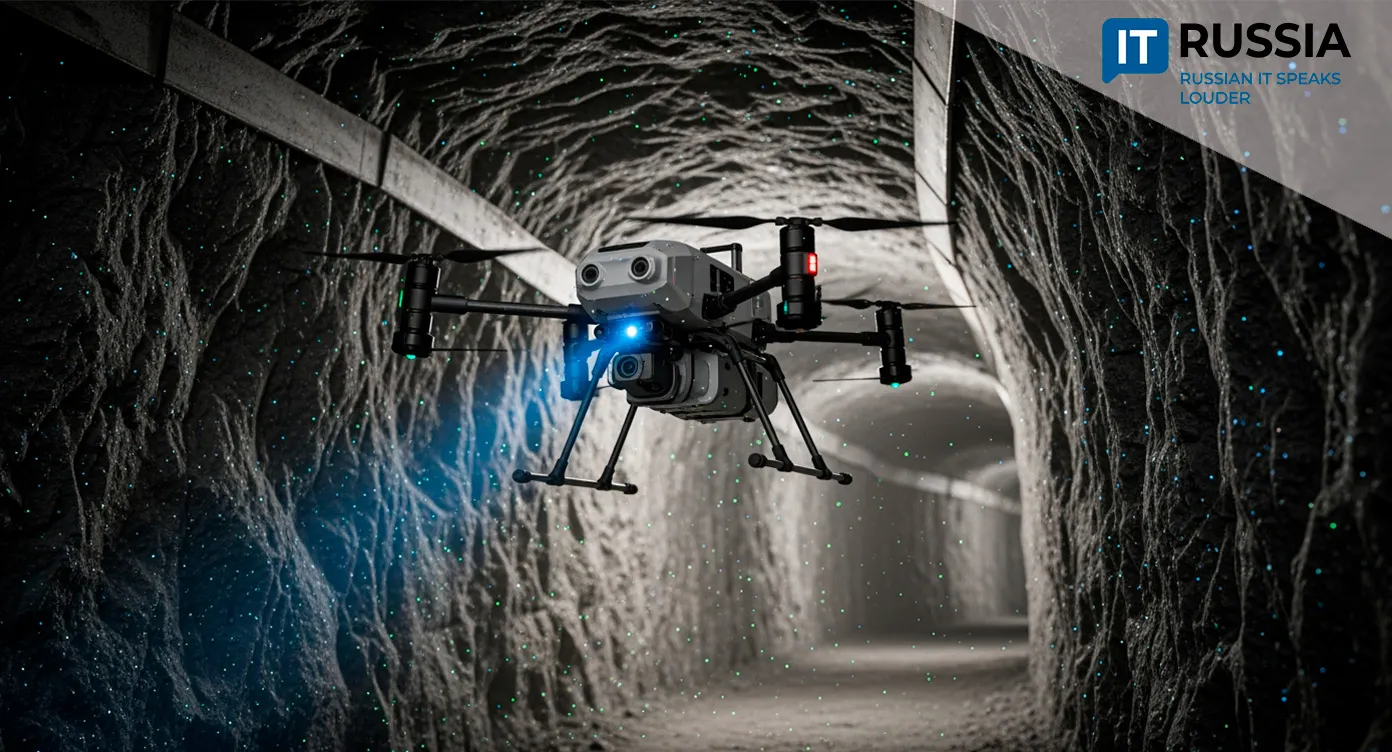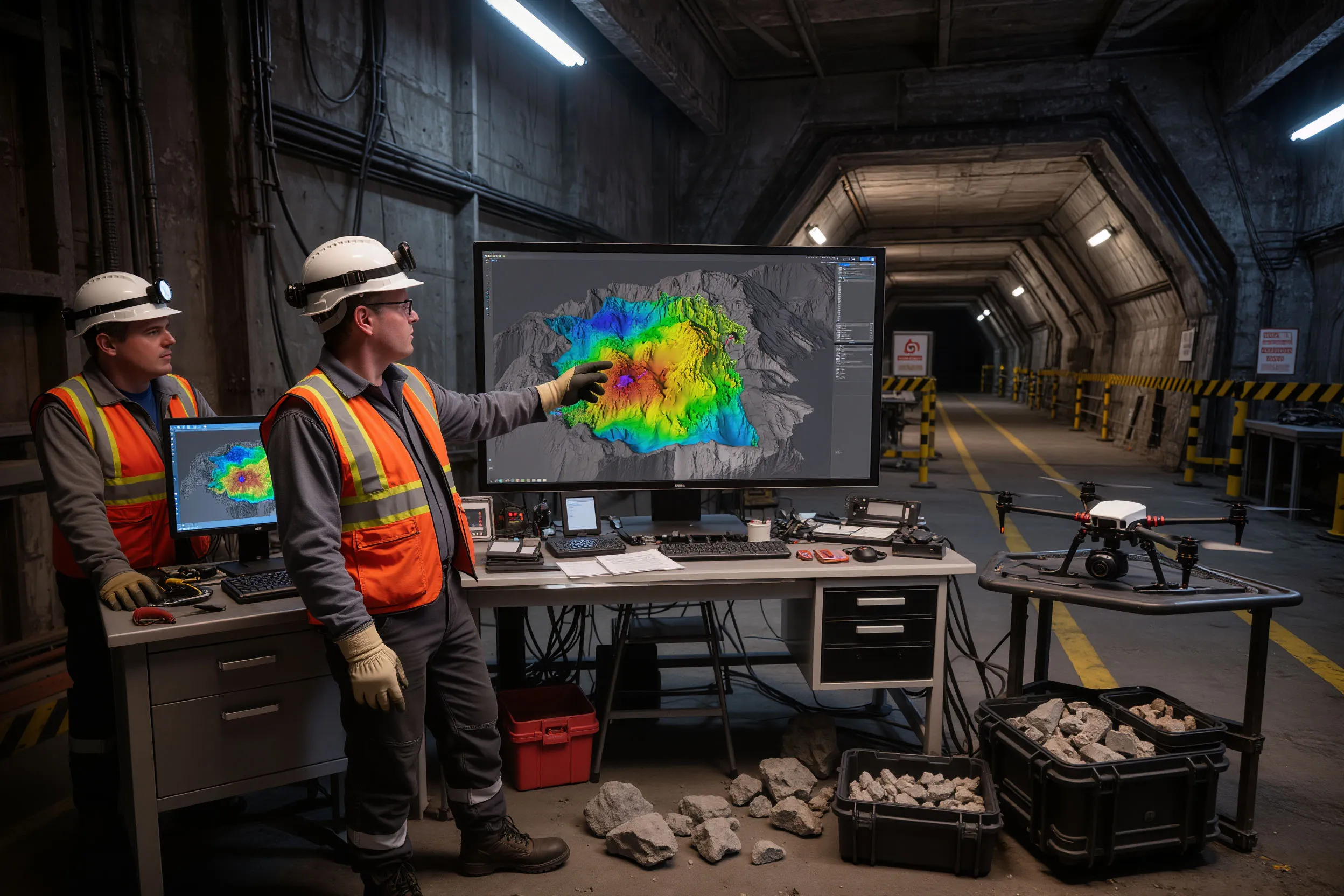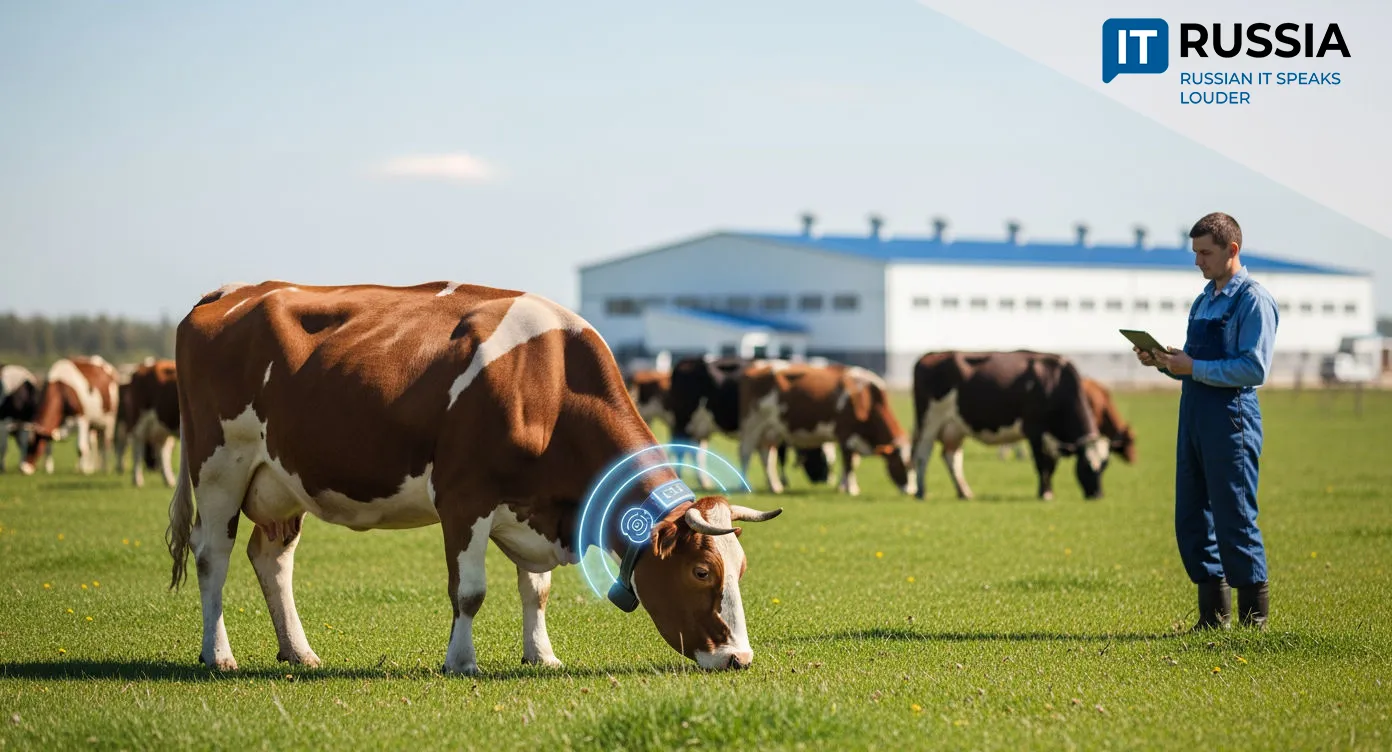Innopolis University Develops High-Mobility UAV for Underground Mining
A next‑generation industrial UAV developed in Russia has successfully completed trials at one of Norilsk Nickel’s largest underground mines, demonstrating capabilities that could reshape safety and efficiency standards in global mining.

Mining Industry
Innopolis University has tested its new high‑mobility UAV, branded InnoSpector, at the Oktyabrsky mine operated by Norilsk Nickel’s Polar Division.
Underground Explorer and Aerial Miner
The industrial drone, developed by the university’s Center for Unmanned Aerial Systems, was tested directly inside an active mine. Its primary task was to inspect dangerous and hard‑to‑reach areas—vertical and inclined ore passes, as well as voids left after chamber stoping.
The UAV produced 3D models of the excavations with reference to the mine’s coordinate grid. Accuracy is impressive: error margins do not exceed two centimeters.

From October 20 to 23, the team examined three ore passes, flying both upward and downward through tight spaces, including narrow grizzly‑screen cells. The drone successfully navigated an L‑shaped horizontal drift, flying about 90 meters beyond a sharp turn. It does not rely on line‑of‑sight operation; instead, it follows radio signals, allowing it to enter highly dangerous areas inaccessible to humans.
Russia’s First Success in SLAM‑Based UAVs
Only two companies worldwide produce UAVs capable of operating using SLAM systems. Until now, no Russian organization had been able to replicate this technology. InnoSpector’s successful performance marks a milestone for Russian robotics.
Results are available to operators in real time. Geometry analysis and measurements can be performed on site, speeding up decision‑making. Despite its advanced capabilities, the drone is remarkably easy to operate and does not require special training. The platform fully meets the requirements of Norilsk Nickel, Russia’s mining and metallurgical leader—now proven in real industrial conditions.
Technical Specifications
The InnoSpector UAV, equipped with an impact‑resistant frame, uses a SLAM‑based system without GPS. It can operate within a range of up to 1,000 meters. It avoids obstacles autonomously and can return to base automatically.
Applications include autonomous exploration, scanning and monitoring of mines, tunnels, reservoirs and other challenging industrial environments within the mining, oil and gas, construction and energy sectors. Its AI system can classify 75 types of defects.

Industry experts note that the prototype not only matches Western competitors but exceeds them in several performance indicators.
Successful tests of the drone—capable of taking over hazardous underground work—pave the way for scaling this technology across all of the company’s mining sites. The UAV provides Norilsk Nickel with a critically important technology independent of external suppliers.
While UAV use in mines is not new, after foreign suppliers exited the Russian market, Norilsk Nickel had to restart development from scratch using domestic expertise. Innopolis University joined the project in 2023.

What SLAM Means
SLAM (Simultaneous Localization and Mapping) enables devices to determine their location while simultaneously building a map of the surrounding environment. It solves a complex challenge: to build a map, a device must know its location; to determine its location, it needs a map.
SLAM resolves this paradox iteratively, updating the map and device position in real time using data from sensors such as cameras, lidars and inertial units. Demand for SLAM in industry continues to grow due to the expansion of autonomous systems.
An Autonomous Future
Experience from adjacent industries shows that this achievement is not a one‑off event. It is part of a broader trend in digitizing the mining sector and localizing autonomous technologies.
The deployment of a domestic alternative to foreign UAVs demonstrates the capabilities of Russian universities on a global stage. If the module is refined for serial commercial production and licensed for international markets, it could enter regions with large and growing mining sectors—Latin America, Africa and Asia.










































